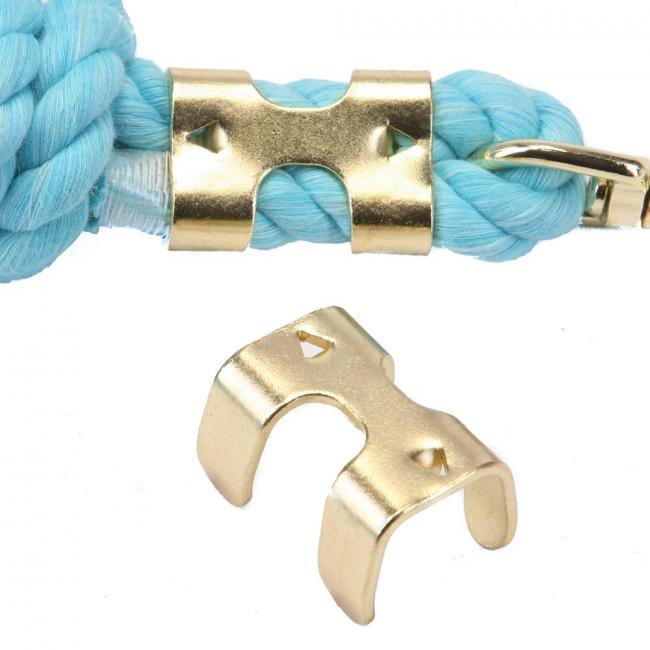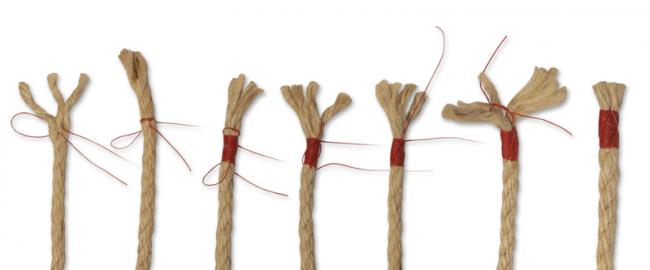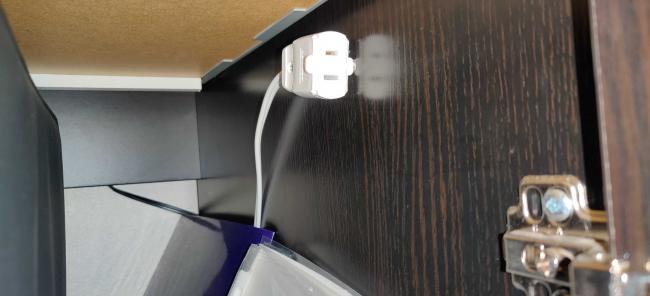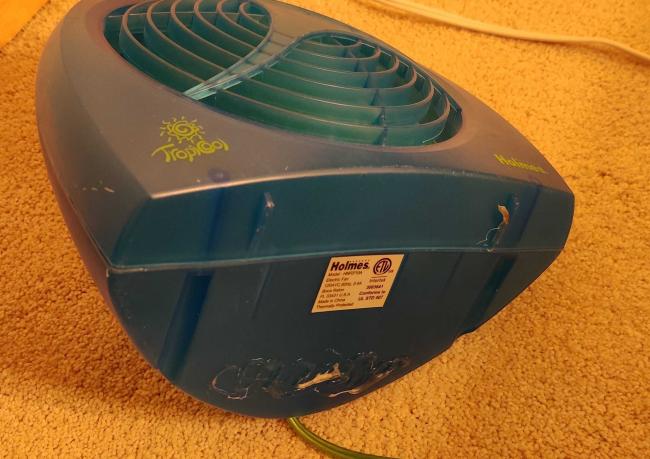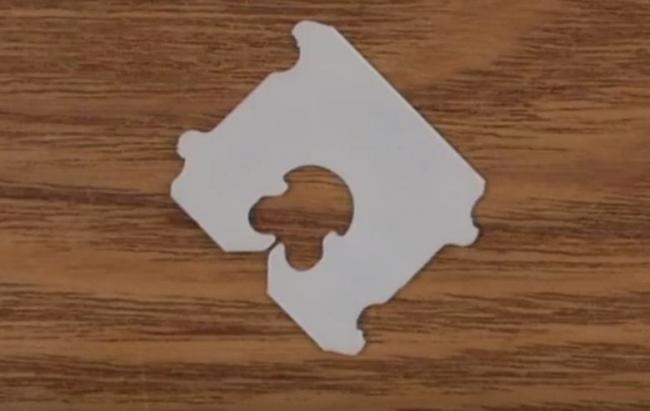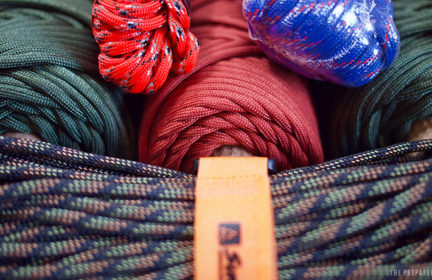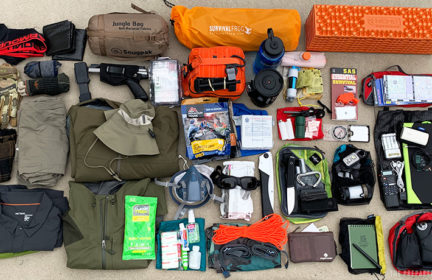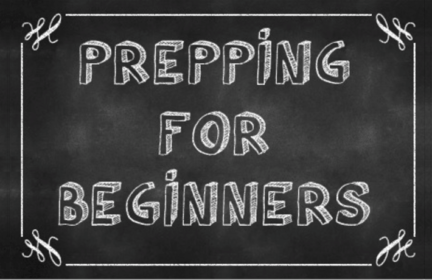Fasteners – Important items needed to repair, attach and help you hold it together during a crisis
We think of fasteners as nails, screws, bolts with nuts and washers. Most preppers store a wide variety of these items. But there are other kinds of equally important fasteners to store.
Zip ties are good to have on hand in a variety of lengths with a consideration that white zip ties don’t last as long as black ties will last. Some types of zip ties are reusable.
I also save twist ties, such as the long ones that come with the packaging of certain items. Twist ties also come in packages of garbage bags or can be on bread. I use them to hold inventory tags on my prep item shelves and can be easily moved around.
Rope made of synthetic or natural fibres such as hemp and in different length and weights. Watch the synthetic rope for quality. My husband just found out yesterday that a rope he just bought was not the typical poly rope he believed he had purchased. It will need to be repurposed for a much lighter project so as not to waste it. It was good to find that out before it might have been needed in an emergency.
Don’t forget the importance of string as a fastener. It can be used to bind and hold herbs for drying. Heavier string can be used to macrame a plant holder.
Yarn can repair or bind together when you darn a hole in a sweater or socks. Thread in a variety of basic colors, weights and type cotton and polyester with an large supply of needles of various sizes, plus dressmaker pins are necessary if you need to repair or make clothing. In a long crisis you may need to remake clothing as children grow.
Snaps, hooks and eyes, and a grommet tool with grommets are good to have on hand. What about buttons and zippers? Have a variety of sizes on hand to repair clothing. During a crisis, clothing takes a beating and if it becomes a longer duration, consider the need for have buttons and zippers on hand.
Bungee cords in a variety of lengths can serve in a range of situations with it’s handy flexibility.
Adhesives are a fastener also and should be on hand to repair a variety of materials. “Shoo goo” is the brand I keep in my prep and regular supply for repairing boots. I have kept boots water tight and in use for many additional years using “Shoo goo.” For certain repairs to boots, I have used clamps to hold the pieces together while it cured for twenty-four hours.
On the subject of boots, keep a good supply of extra boot and shoe laces in your preps.
Superglue doesn’t have the life span of other adhesives, although I keep it on hand for quick repairs of lighter items. I keep Gorilla glue, two-part epoxy glue, wood glue, and ceramic glue on hand. Even acrylic and silicone caulk can be included in glues. I have used acrylic caulk to install small pieces of baseboard.
Tape of various types are also important fasteners. I keep tapes like foil (for sealing HVAC ducts, hockey, masking, tuck (for sealing vapor barrier), duct, and a lot of packing tape for it’s variety of use.
A good staple gun/brad nailer combo with an assortment of each is very important for repairs. Don’t forget household staples and an assortment of bulldog clips. These items are useful for reorganizing hard printed copies of important information as a crisis continues. Also bulldog clips can be hung with items attached and can be used for more than paper.
A pail of roofing repair tar to seal leaks in a roof, roofing nails, and extra shingles can help secure your home if no one is available to repair it during a crisis. Learn how to do it before a disaster happens.
There are many other types of fasteners. To be fully prepared, review all the components of your home and your preps and consider what kind of fasteners you might need in a crisis of a long duration. What might wear out? How could you repair the item?
-
Comments (25)
-
